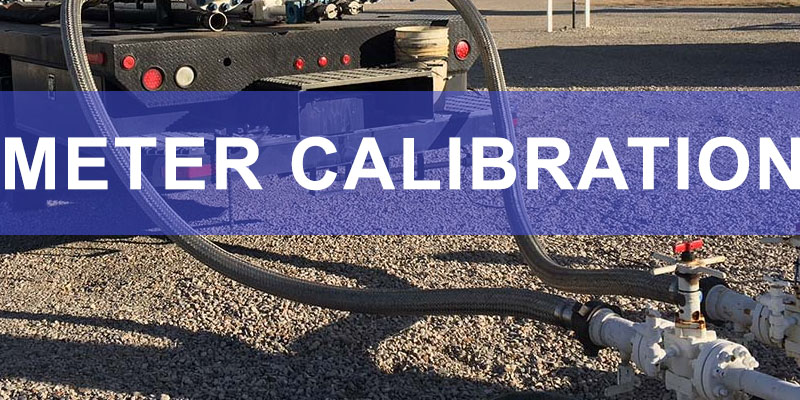Calibrating a course of meter is a vital step in guaranteeing accurate and dependable measurements

Calibrating a course of meter is a crucial step in making certain correct and dependable measurements.
Understand the Meter's Specifications:
Familiarize yourself with the producer's specs and tips for calibration. calibrate process meter is typically discovered in the user guide or technical documentation.
Gather Calibration Equipment:
Obtain the required calibration gear, including a calibrated reference normal or calibration source, multimeter, signal generator, and any other instruments specified by the meter's manufacturer.
Select Calibration Points:
Identify the important points on the meter's measurement scale that want calibration. These factors are often specified in the person handbook.
Prepare the Meter:
Ensure that the process meter is clear and free from any contaminants which will affect its efficiency. Check for bodily injury, free connections, or any other points.
Power Up the Meter:
Power up the meter and permit it to stabilize. Some meters could require a warm-up period to attain correct readings.
process meter calibration services :
Connect the calibration tools to the process meter. For instance, if calibrating a present loop, connect the sign generator in series with the meter.
Adjust Zero Point:
Begin by calibrating the zero point. Adjust the meter's zero setting until it matches the reference standard or source.
Calibrate Span:
Calibrate the span by adjusting the meter's full-scale reading to match the reference standard or supply.
Mid-Scale Calibration (if applicable):
If the process meter has a mid-scale point, calibrate it as well using the suitable reference.
Verify Calibration:
After making adjustments, double-check the calibration at every point to ensure accuracy. This could contain a number of iterations of adjustments.
Document Calibration:

Record the calibration settings and outcomes. This documentation is essential for future reference and for compliance with quality administration systems.
Perform a Final Check:
Conduct a last check to guarantee that the meter operates within specs across the complete range.
Seal or Lock Calibration Adjustments (if applicable):
Some meters have mechanisms to stop unintended changes after calibration. If available, seal or lock these changes to maintain calibration integrity.
Issue Calibration Certificate (if required):
In some industries, a proper calibration certificate may be necessary. Ensure that you simply comply with any related regulations or standards for issuing such certificates.
Schedule Regular Calibration:
Establish a schedule for regular calibration to make sure ongoing accuracy and reliability of the process meter.
Remember, particular procedures could differ primarily based on the kind of process meter and the manufacturer's suggestions, so always discuss with the gadget's documentation for accurate steering. If you're not sure or if the method is advanced, contemplate consulting with a qualified technician or the manufacturer's support team..
